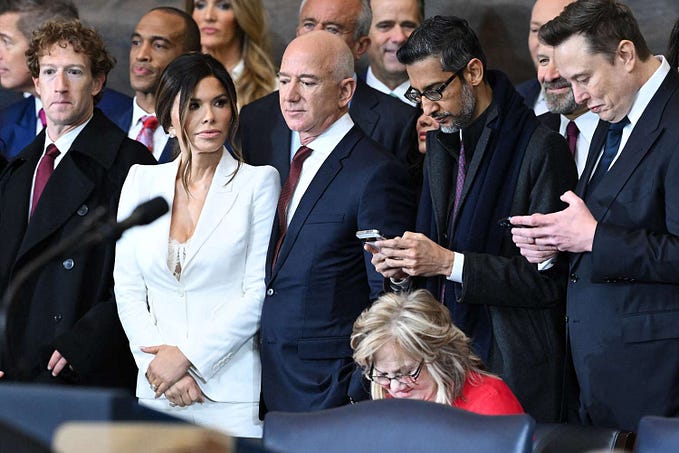The Case Before Us, Footnote 1: Where Was the Probable Cause?
As we see the video evidence in the Trial, before focusing on the use of force, we need to “disenthrall ourselves” and evaluate calmly how George Floyd ended up facedown at 38th and Chicago. What exactly was the police authority to have Mr. Floyd in custody on the last day of his life?
Was there a warrant for his arrest? That is not a rhetorical but a good faith question. I heard one of the officers say he was going to jail for “forgery.” Was this a prior incident or an outstanding warrant?
Plainly, the factual allegations involving the possibly counterfeit twenty dollar bill could not qualify as “forgery” under Minnesota law. At best, this would constitute a gross misdemeanor violation of Minnesota statutes regarding counterfeit money — a distinct and separate statute.
Was the claim of forgery a “rookie mistake” by two new officers who were allegedly being supervised by Derek Chauvin?
And if Mr. Floyd was being taken to jail on probable cause, who authorized the arrest under MPD policy? Was a sergeant notified or called to authorize a warrantless probable cause arrest? Derek Chauvin was at most a field training officer. He was not a sergeant.
Additionally, what investigation occurred at the scene at 38th and Chicago on Memorial Day, 2020? Was there a “show-up” identification procedure involving the employee or manager at “Cup Foods?” If so, I never saw it occur on yesterday’s Chauvin trial video. At most, there was a brief description given.
Did Mr. Floyd make admissions at the scene that incriminated him. If so, I never heard them. Were the admissions elicited by officers’ questions? And if Mr. Floyd was questioned, was he given appropriate warnings under both Miranda and were they then recorded pursuant to the decision in State. v. Scales, 518 N.W. 2d 587 (1994)?
Under Scales, Minnesota requires all in-custody interrogations to be recorded — either on audio or video.
This procedural protection exceeds that required by Miranda v. Arizona (1966) and was established by the Minnesota Supreme Court to create greater certainty regarding the lawfulness of interrogations. But, I saw no such procedure.
We also know that to effect a warrantless arrest, officers owe a constitutional duty to fully investigate the circumstances giving rise to an arrest in the first place. Therefore, before proceeding from the well-known minimal detention authorized by Terry v. Ohio (1968) which allows police the authority to “stop and frisk” — there must be adequate investigation to support a full probable cause arrest. But, somehow George Floyd was plainly subject to arrest on that fateful day in May, 2020.
Yet, other than the brief encounter by police during the fleeting interaction with the store owner, the MPD officers at the scene could not have obtained actual facts supporting a probable cause arrest or any other incriminating physical evidence of counterfeit currency to support a probable cause arrest of George Floyd in this incident.
They could not obtain it from the person of George Floyd because to do so would have required a search of George Floyd’s person — and no such search could have lawfully occurred without there also first being a lawful arrest of Mr. Floyd.
We know from the United States Supreme Court’s decision in Dickerson v. Minnesota, 508 U. S. 366 (1993), a case arising interestingly enough from Hennepin County, Minnesota, that police are not authorized to do invasive personal searches for contraband or evidence of a crime unless they can plainly “feel” that it is contraband (or a weapon) from outside the detained person’s clothing. Any more invasive search must await an actual arrest — it cannot be done merely after a “reasonable suspicion” investigative stop.
Yet, the video shows officers going through Mr. Floyd’s pockets. Did they, in fact, find contraband, or any evidence of a crime? And if they did, where did they get the arrest authority to conduct anymore than the Dickerson “plain feel” search? A full search of George Floyd could only lawfully occur if he was already lawfully subject to police custody and then subjected to “search incident to arrest.”
Moreover, any subsequent illegal seizure of contraband cannot be used to justify that arrest which yielded it.
All of these questions remain as I observed the video.
Why then, in the final analysis, was Mr. George Floyd in Minneapolis police custody on May 25, 2020? What gave those four officers, including Derek Chauvin, the authority to arrest George Floyd — other than their badges and sidearms?
In America, the Fourth Amendment says there must be more than just simple unchecked police power to take away a person’s liberty — not to mention taking away a person’s life.
-Albert Turner Goins






